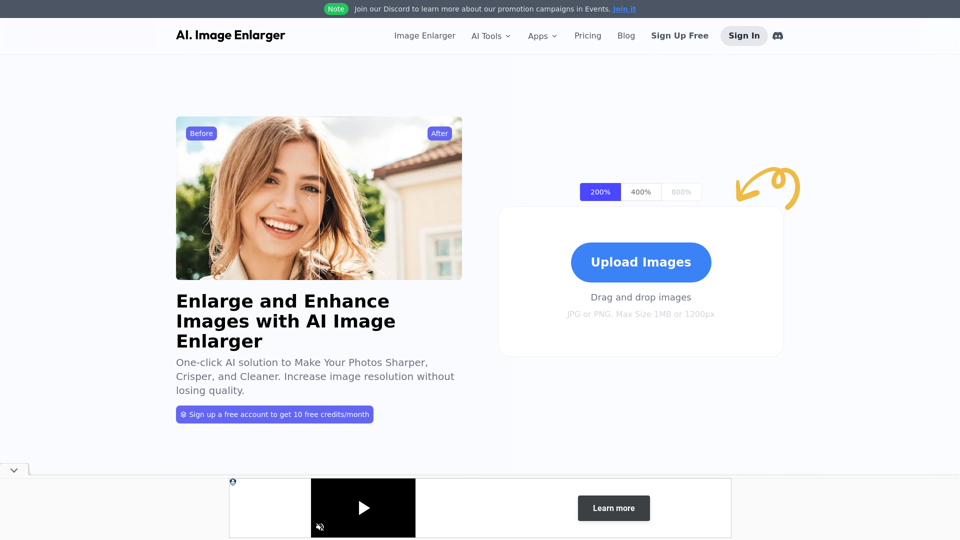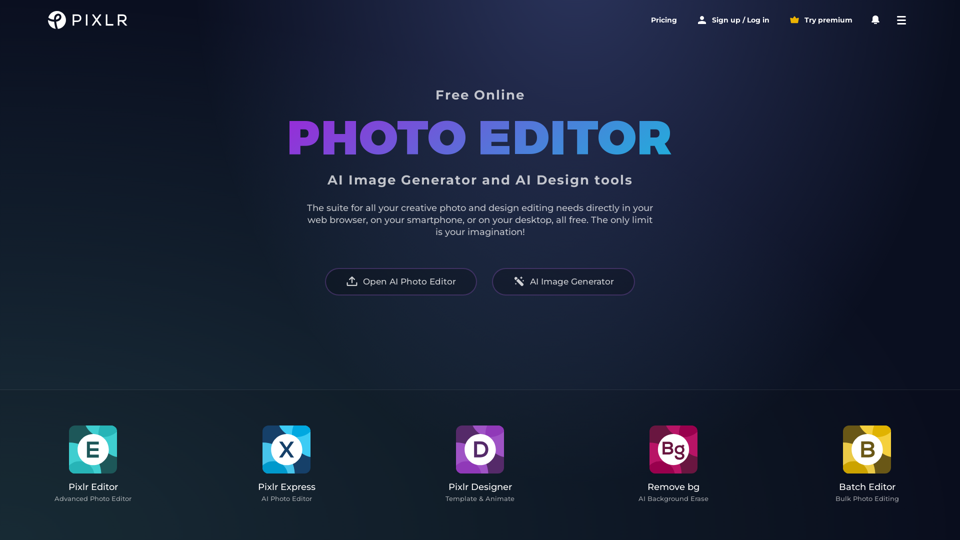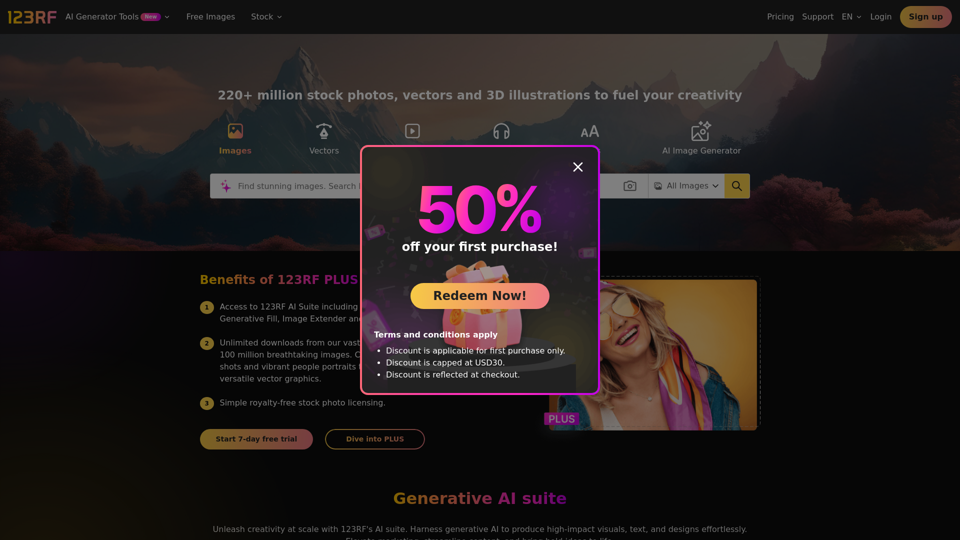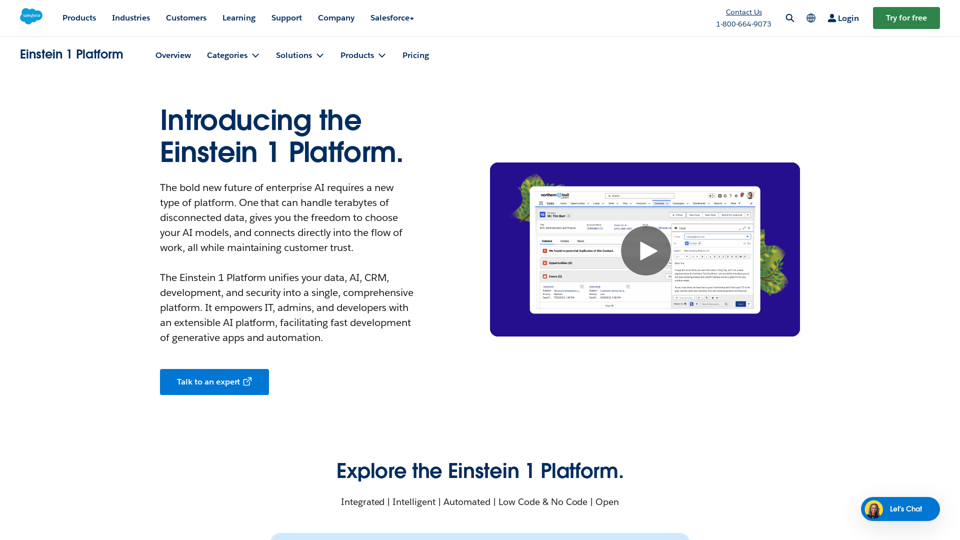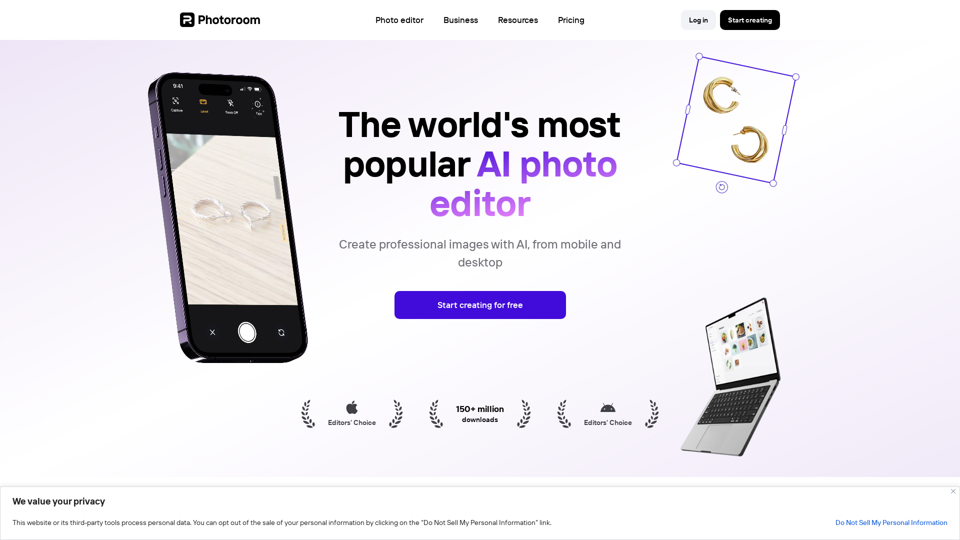Generating a Mind Map from an Image
Generating a mind map from an image is the process of automatically creating a knowledge structure or visual diagram based on the content of the image. A mind map is a visual tool that helps organize ideas, concepts, and their relationships through nodes and connections. Turning images into mind maps can help extract and organize key information from visual content, simplifying complex ideas and enhancing understanding and memory. This article will explore how automated tools can transform an image into a mind map and the applications of this technique.
1. What is a Mind Map?
A mind map is a tool used to visually organize information through hierarchical structures of branches and nodes. Each node represents a concept, and the branches connect related ideas. Mind maps are often used for:
- Knowledge organization and structured thinking
- Brainstorming and creative thinking
- Learning and memory aid
Mind maps emphasize visualizing and breaking down complex information, making thoughts more intuitive and structured.
2. How to Generate a Mind Map from an Image
Transforming an image into a mind map involves extracting key information from the image and then building nodes and connections based on this data. The process generally includes the following steps:
2.1 Image Information Extraction
The core of this process involves using computer vision techniques like image classification, object detection, and image segmentation to automatically identify objects and scenes in the image.
- Image classification: Identifies the overall category of the image, such as landscape, building, or transportation.
- Object detection: Recognizes and locates specific objects within the image, such as trees, vehicles, or animals.
- Image segmentation: Breaks the image down at the pixel level to differentiate between different objects or regions.
2.2 Information Refinement and Relation Mapping
Once the objects and categories are extracted from the image, the system generates nodes representing these objects, and relationships between them are built based on factors like spatial location or semantic relationships.
- Node creation: Each identified object becomes a node in the mind map. For example, objects like cars, trees, and roads can form nodes.
- Node linking: Objects are linked based on their relevance. For example, cars and roads are closely related and can be connected by a line in the mind map.
2.3 Mind Map Generation
Once the information extraction and relationship mapping are done, the system can use graph structures to visualize these nodes and relationships as a mind map. The generated mind map might include the following elements:
- Central concept: Typically the overall theme or main object of the image.
- Branch nodes: Secondary objects or sub-themes found in the image.
- Connections: Represent the relationships between objects, such as interactions or spatial relationships.
3. Technology and Tools
To generate a mind map from an image, several technologies and tools are involved:
3.1 Deep Learning Frameworks
Deep learning frameworks like TensorFlow, PyTorch, and Keras are used to build and train image recognition models. These models can detect objects in images and extract their features.
3.2 Pre-trained Models
Models like Mask R-CNN, YOLO (You Only Look Once), and Faster R-CNN can be used to accurately detect objects in images, forming the foundation for generating nodes in a mind map.
3.3 Graph Libraries
Libraries like Graphviz or NetworkX can be used to create the graphical structure of a mind map, displaying objects and their relationships as a graph.
3.4 Mind Mapping Software
Mind mapping software like XMind, MindMeister, or Coggle can generate visual mind maps. Some of these tools offer APIs or import functionalities that allow automated creation of mind maps from structured data.
4. Applications
4.1 Education and Learning
Teachers and students can use image-to-mind-map tools to better organize and present learning materials. For example, scientific diagrams or maps can be automatically transformed into mind maps to help with understanding complex information.
4.2 Data Visualization
In data analysis, generating mind maps from images can help quickly understand complex datasets. For example, satellite images can be segmented into different geographic areas, which can then be visualized as nodes and relationships in a mind map.
4.3 Brainstorming
In creative or team brainstorming sessions, converting images into mind maps can help organize visual elements into inspiration nodes, forming a network of ideas that can drive further thinking.
5. Example of Implementation
Here’s a simplified process to generate a mind map from an image using deep learning:
from PIL import Image
import matplotlib.pyplot as plt
import networkx as nx
import cv2
import tensorflow as tf
# Load a pre-trained object detection model, such as Faster R-CNN
model = tf.saved_model.load('ssd_mobilenet_v2_coco/saved_model')
# Load the image and detect objects
image_path = 'sample_image.jpg'
image = Image.open(image_path)
image_np = np.array(image)
input_tensor = tf.convert_to_tensor(image_np)
input_tensor = input_tensor[tf.newaxis,...]
detections = model(input_tensor)
# Get detected objects
objects = detections['detection_classes'][0].numpy()
# Create the mind map
G = nx.Graph()
# Add nodes
for i, obj in enumerate(objects):
G.add_node(f"Object {i}")
# Add relations (simplified as adjacent objects)
for i in range(len(objects)-1):
G.add_edge(f"Object {i}", f"Object {i+1}")
# Draw the mind map
nx.draw(G, with_labels=True)
plt.show()
6. Conclusion
The technology of generating mind maps from images combines various techniques from computer vision and knowledge visualization, helping users quickly extract and organize information from images. This technology is widely used in education, research, and data analysis, improving the efficiency of processing and understanding information.
With the continuous development of deep learning and image processing technologies, future image-to-mind-map systems will become more intelligent and accurate, helping users better manage and utilize data in an age of information overload.

